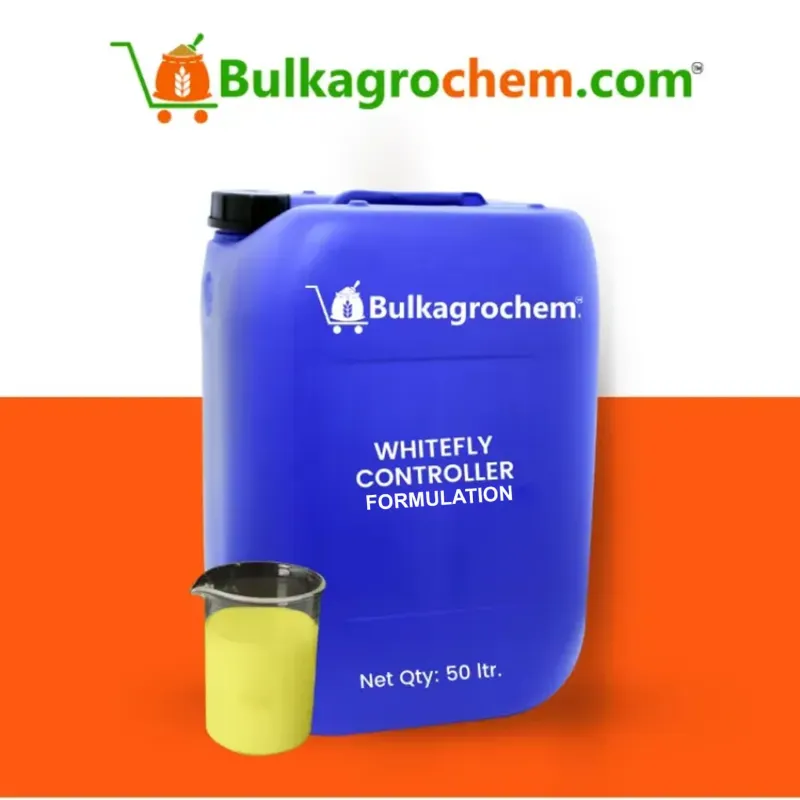Plants require essential nutrients to grow, and among them, magnesium plays a crucial role. One of the best ways to ensure plants receive adequate magnesium is by using magnesium sulphate fertilizer. This fertilizer provides a readily available source of magnesium and sulfur, both of which are vital for healthy plant growth. Farmers and gardeners worldwide use magnesium sulphate fertilizer to enhance photosynthesis, improve crop yield, and maintain overall soil health.
The Role of Magnesium in Photosynthesis
Magnesium is the central element of chlorophyll, the pigment responsible for photosynthesis. Without adequate magnesium, plants struggle to produce chlorophyll, leading to reduced photosynthetic efficiency. Magnesium sulphate fertilizer helps plants create more chlorophyll, ensuring they absorb sufficient sunlight to convert into energy. This process directly impacts plant growth and productivity.How Magnesium Sulphate Enhances Crop Yield
Applying magnesium sulphate fertilizer to crops offers numerous benefits that lead to increased yield. These include:Better Energy Production: Since magnesium aids in photosynthesis, plants produce more energy, resulting in healthier and more productive crops.
Improved Nutrient Absorption: Magnesium facilitates the uptake of phosphorus, nitrogen, and other nutrients, ensuring balanced plant nutrition.
Stronger Root Development: The sulfur in magnesium sulphate fertilizer strengthens root structures, allowing plants to access water and nutrients more efficiently.
Reduction in Yellowing Leaves: Magnesium deficiency often leads to yellow leaves, affecting plant growth. Regular application of magnesium sulphate fertilizer prevents such deficiencies.
Higher Resistance to Environmental Stress: Magnesium helps plants withstand drought, extreme temperatures, and other environmental challenges.
Signs of Magnesium Deficiency in Plants
Recognizing magnesium deficiency early is crucial to maintaining a healthy crop. Common symptoms include:- Yellowing between leaf veins while veins remain green (interveinal chlorosis)
- Curling or brittle leaves
- Stunted plant growth
- Poor flowering and fruiting
Application Methods of Magnesium Sulphate Fertilizer
There are several ways to apply magnesium sulphate fertilizer, depending on the crop type and soil condition:Soil Application: Mix magnesium sulphate fertilizer into the soil before planting or as a top dressing to improve magnesium levels.
Foliar Spray: Dissolve magnesium sulphate fertilizer in water and spray it directly onto plant leaves for quick absorption.
Drip Irrigation: Adding magnesium sulphate fertilizer to irrigation systems ensures even distribution across crops.
Seed Treatment: Coating seeds with magnesium sulphate fertilizer before planting helps with early-stage growth and root development.
Why Choose Magnesium Sulphate Over Other Magnesium Sources?
While there are other magnesium fertilizers available, magnesium sulphate fertilizer stands out due to its water solubility, rapid absorption, and additional sulfur content. Sulfur is another essential nutrient that helps in protein synthesis and improves plant metabolism. The combination of magnesium and sulfur in magnesium sulphate fertilizer makes it an ideal choice for farmers and gardeners.Best Crops for Magnesium Sulphate Application
Many crops benefit from magnesium sulphate fertilizer, especially those that require high magnesium levels. Some of these include:Vegetables: Tomatoes, potatoes, peppers, spinach, and carrots
Fruits: Citrus fruits, bananas, grapes, and apples
Cereals & Grains: Wheat, rice, maize, and barley
Cash Crops: Cotton, coffee, and tea




